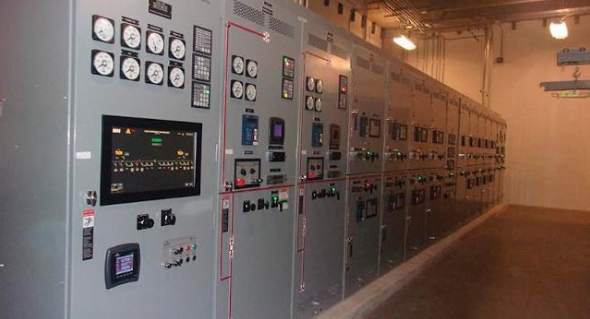Maintenance of Your Switchgear
Contributing Expert; Ken Lang, Independent Electric Machinery
Switchgear failures can result in catastrophic consequences at the worst possible time, such as we saw during the deep freeze much of the country experienced this winter. Your switchgear equipment allows your facility to operate, so it make sense to develop a maintenance program that will help prevent injury or death, damage to the switchgear and other ancillary devices.
Improperly maintained switchgear may not only lead to failure of the equipment, it can also result in a fire. Hospitals have much more at stake than the monetary cost of switchgear failure, there is also the risk posed to your patients, who may require electro-mechanical devices in order to live. Back-up generator systems are not designed for or capable of extended periods of use, so it’s best not to have to depend on them in the first place.
A “run to failure” approach will likely end up costing your organization more in repairs and down time than the cost to do the maintenance. A preventative and predictive maintenance program that includes cleaning, lubricating, and exercising switches, relays, trip units; thermographic surveys, transformer testing, and replacement or reconditioning components will help to ensure the safety of your patients and employees while keeping your hospital up and running without the high costs that experiencing a catastrophic failure can cause.
Switchgear maintenance should be considered a high priority by management, however often times it is not. At many facilities the maintenance teams only perform basic testing because they are not trained properly, don’t have the time, or don’t have the proper equipment. Fortunately, there are service companies that specialize in switchgear maintenance that can provide a more in-depth analysis and are capable of identifying problems before they arise.
Most insurance providers require that you have a switchgear testing & maintenance program in place.





